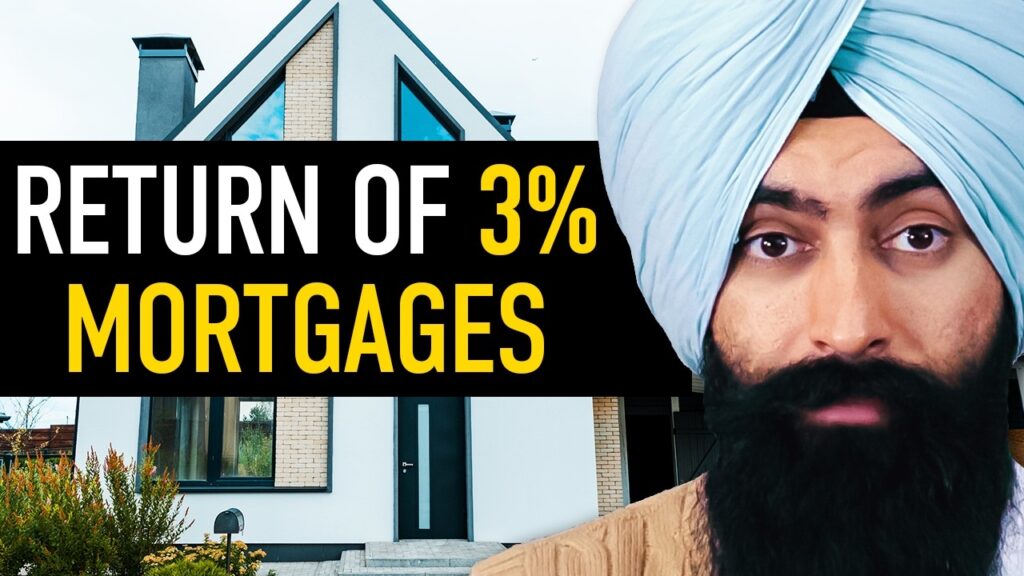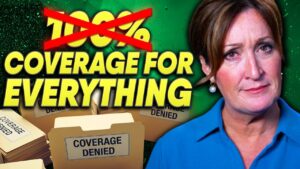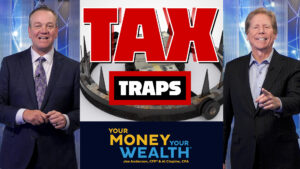Are 3% Mortgages Coming Back in 2025?

President Donald Trump’s administration has introduced several policies aimed at stimulating economic growth, including promises to lower mortgage rates to around 3% by 2025 or 2026. Understanding the mechanisms behind mortgage rate determination and the potential effects of these policies is crucial for homeowners, prospective buyers, and investors.
Mortgage Rates and the Housing Market
Mortgage rates are primarily influenced by the federal funds rate set by the Federal Reserve, which dictates the cost for banks to borrow money. As of early 2025, mortgage rates are approximately 7%, reflecting the current economic conditions and the Federal Reserve’s monetary policy. A reduction in mortgage rates to 3% would significantly decrease monthly payments, enhancing housing affordability and potentially increasing the purchasing power of homebuyers.
Federal Reserve Bank and Federal Funds Rate
The Federal Reserve operates independently of the federal government, focusing on controlling inflation and fostering economic stability. While the President can express preferences regarding interest rates, the Federal Reserve’s decisions are based on economic indicators. Recent statements from Federal Reserve Chair Jerome Powell indicate a cautious approach to rate adjustments, emphasizing the need to manage inflation effectively.
Treasury Yields and Their Impact
Treasury yields, determined by market factors, inflation expectations, and economic growth projections, play a significant role in influencing mortgage rates. Higher Treasury yields often lead to increased mortgage rates as lenders seek higher returns. Efforts to stabilize inflation and promote steady economic growth could help lower Treasury yields, providing banks with the flexibility to offer more competitive mortgage rates.
Potential Actions by President Trump
While the President cannot directly alter the federal funds rate, there are several avenues through which the administration might influence mortgage rates:
- Influencing the Federal Reserve: The President can exert pressure on the Federal Reserve or consider changes in its leadership to align with desired economic policies. apnews.com
- Economic Policies: Implementing policies aimed at stabilizing inflation and fostering economic growth can indirectly impact Treasury yields and mortgage rates.
- Housing Market Interventions: Proposals such as government-subsidized mortgages or expanding existing programs could be explored to make home financing more accessible.
Housing Market Dynamics
Lower mortgage rates typically increase demand for housing, as more buyers can afford loans. This heightened demand can drive up housing prices. Conversely, lower rates might encourage current homeowners with low-rate mortgages to sell, increasing housing supply. The overall impact on the housing market will depend on various factors, including supply constraints, construction costs, and broader economic conditions.
Conclusion
While President Trump’s administration has set ambitious targets for reducing mortgage rates, achieving these goals involves navigating complex economic factors and the independent actions of the Federal Reserve. Stakeholders in the housing market should monitor policy developments and economic indicators closely to make informed decisions in the evolving landscape leading up to 2025-2026.
Jaspreet Singh is not a licensed financial advisor. He is a licensed attorney, but he is not providing you with legal advice in this article. This article, the topics discussed, and ideas presented are Jaspreet’s opinions and presented for entertainment purposes only. The information presented should not be construed as financial or legal advice. Always do your own due diligence







